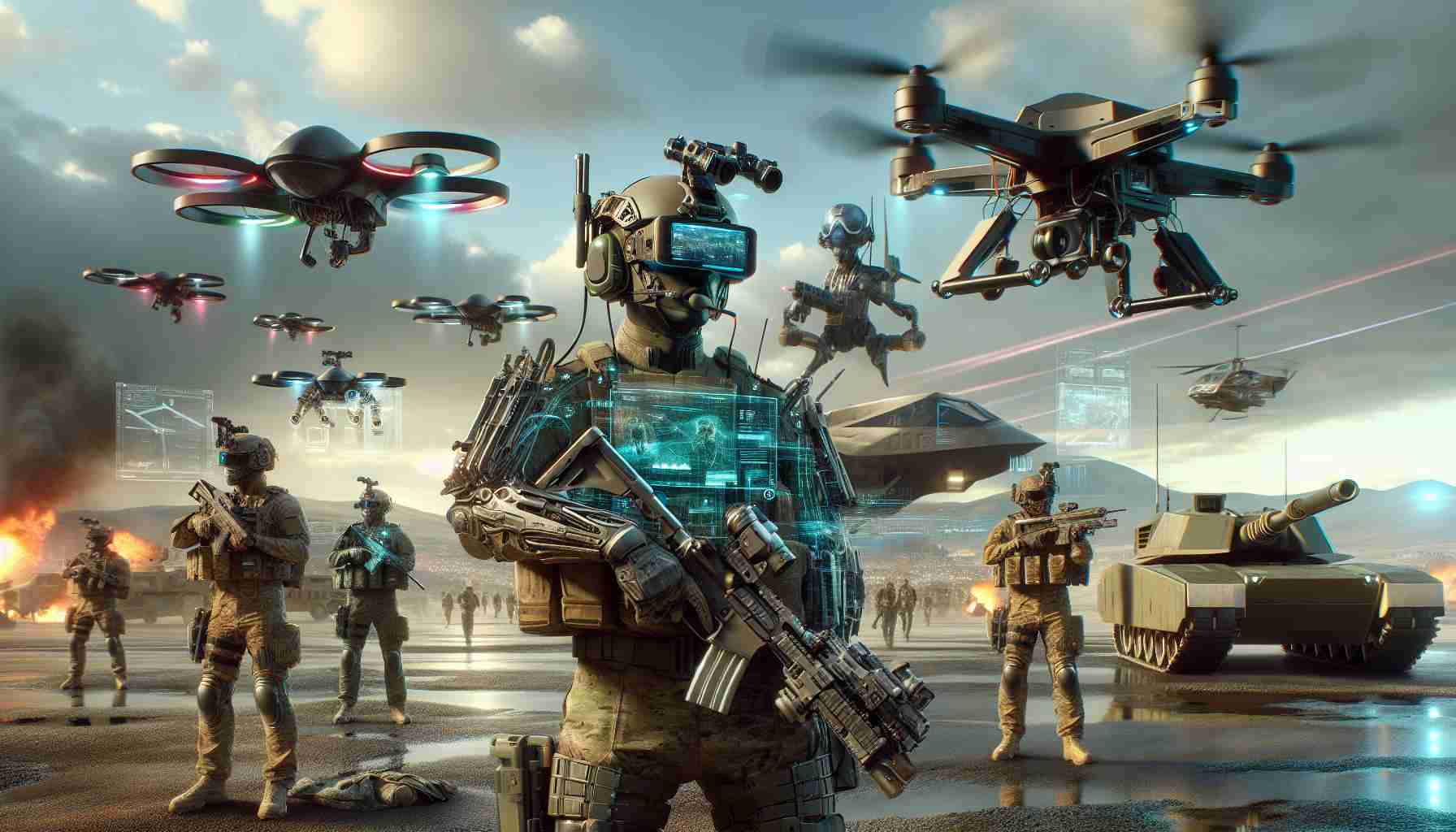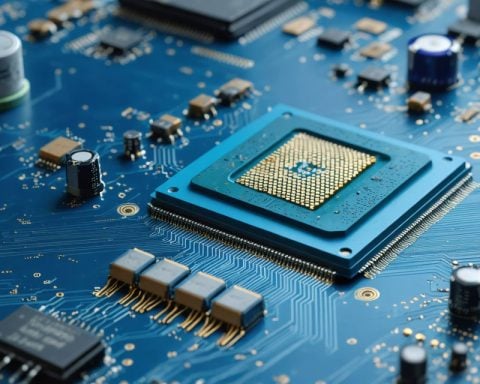The face of virtual combat is evolving as cutting-edge technologies redefine the Warzone experience. With gaming constantly pushing boundaries, new advancements are promising to elevate Warzone’s immersive engagement to unprecedented levels. The integration of artificial intelligence and machine learning into game design is the most anticipated change yet, offering more intelligent and unpredictable enemy behaviors, ensuring players are always on their toes.
But that’s not all. As 5G networks become more widespread, the Warzone community is gearing up for a seamless multiplayer experience with virtually no latency, allowing smoother battles and real-time strategy execution. This enhancement is particularly important in highly competitive game modes, where milliseconds can mean the difference between victory and defeat.
Virtual reality (VR) and augmented reality (AR) are also making strides into Warzone, promising an even more immersive setting. Players can soon expect to physically duck and dodge in real scenarios, experiencing the battlefield through a VR headset. AR developments might overlay crucial data onto players’ surroundings, giving tactical advantages and redefining the concept of heads-up displays on the fly.
Finally, environmental realism is being improved by leveraging the power of ray tracing and advanced physics, ensuring that light behaves realistically, explosions feel visceral, and weather conditions impact gameplay.
In essence, Warzone is not merely keeping up with gaming advancements. It is primed to transform how players interact with digital battlefields, setting a precedent for the future of FPS games.
The Silent Revolution in Gaming: How the Latest Warzone Innovations Impact Real World Lives
The gaming world, particularly the Warzone community, is in the throes of a revolution with the integration of next-gen tech like AI, 5G, VR, and AR. But what do these innovations mean beyond the confines of our screens?
For communities: The proliferation of 5G, crucial for lag-free gaming, also means faster internet for entire regions. This leap can potentially shrink the digital divide, offering rural areas better connectivity for education, healthcare, and work. The gaming industry’s demand for reliable networks inadvertently uplifts community infrastructure.
However, there’s an environmental cost. Enhanced realism through ray tracing and physics depends on powerful GPUs, which are energy-intensive. As gamers seek these high-performance setups, electricity consumption may spike, raising concerns about sustainability and environmental impact.
On a global stage, VR and AR are not just redefining gaming but also other sectors like medicine, education, and military training. Warzone’s innovations could trickle into real-world applications, offering immersive training environments for soldiers or interactive learning platforms for students.
But there are controversies too. The realism of modern FPS games blurs the line between virtual entertainment and glorification of violence. Critics argue that as games become more lifelike, they may desensitize players to violence or even normalize aggressive behavior.
So, are these advancements an unequivocal positive? While they undoubtedly enhance gaming, they also pose pressing questions about their broader societal effects. For more insights into the future of technology across sectors, visit Wired and TechCrunch for cutting-edge updates.


















